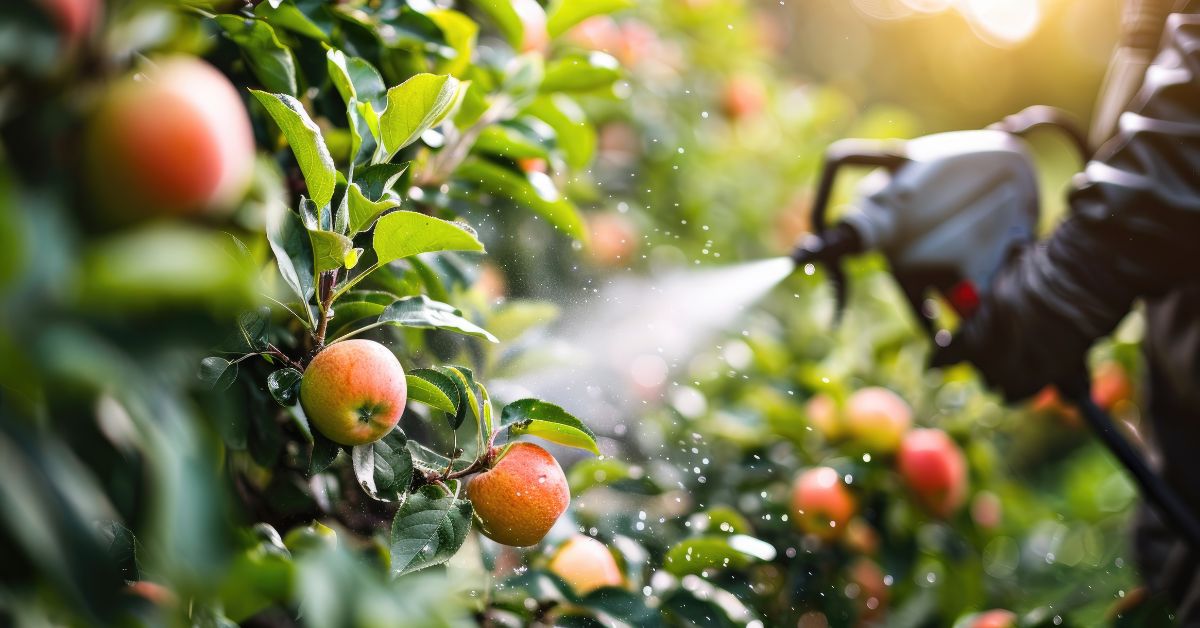
In The China Study, total vegetable consumption was 315 grams/day (11.1 oz) compared to 181 grams/day (6.3 oz) in the US. We were able to get a pretty good idea of antioxidant vitamin status by comparing the relative percentages of colored vegetables and total fat in the rural Chinese diet versus the Western diet.
The reason we used colored vegetables for these calculations is that a brightly colored vegetable, as opposed to say a cauliflower or a potato, contains a much higher percentage of antioxidant vitamins. By contrast, the level of dietary fat roughly approximates the “oxidant burden,” that is to say the body’s level of oxidants. Oxidants, as may of us now know, are the culprits responsible for tissue degeneration and aging. Naturally, the higher the percentage of dietary fat, the greater will be the need for antioxidant vitamins to counteract damaging effects caused by the increase level of oxidants.
When the rural Chinese diet is compared with the average American diet, it would appear that some fairly serious course correction is needed. Namely, American need to eat more vegetables (lots of variety) and less total fat to help restore our antioxidant vitamin status to that of the Chinese. Antioxidant vitamin supplements provide only a very partial and uncertain way to accomplish this objective because whole foods contain a far greater variety of useful antioxidant vitamins. Moreover, use of supplements does not address our need to reduce our oxidant burden.
Copyright 2025 Center for Nutrition Studies. All rights reserved.
Deepen Your Knowledge With Our
Plant-Based Nutrition
Certificate
Plant-Based Nutrition Certificate
- 23,000+ students
- 100% online, learn at your own pace
- No prerequisites
- Continuing education credits









